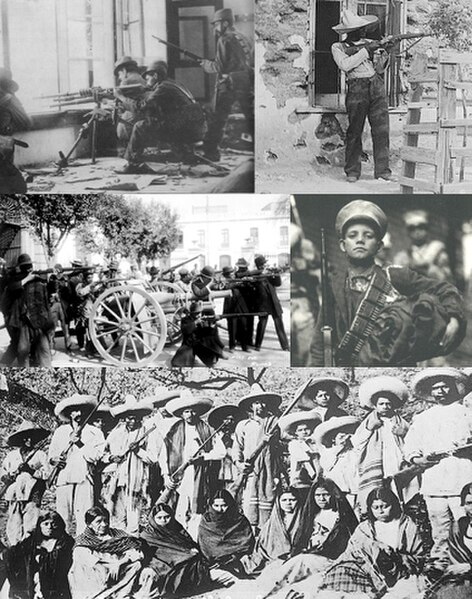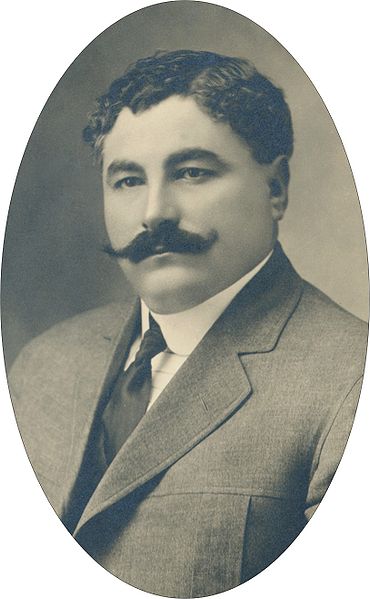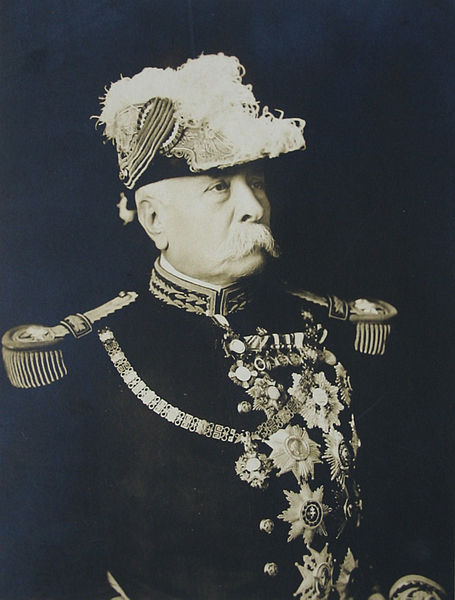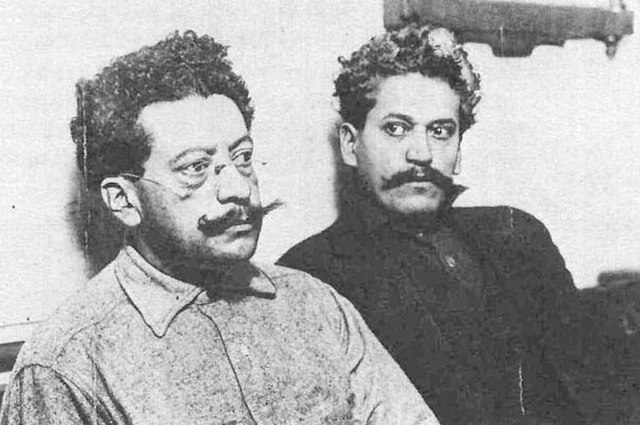Eulalio Gutiérrez Ortiz was a general in the Mexican Revolution from state of Coahuila. He is most notable for his election as provisional president of Mexico during the Aguascalientes Convention and led the country for a few months between 6 November 1914 and 16 January 1915. The Convention was convened by revolutionaries who had successfully ousted the regime of Victoriano Huerta after more than a year of conflict. Gutiérrez rather than "First Chief" Venustiano Carranza was chosen president of Mexico and a new round of violence broke out as revolutionary factions previously united turned against each other. "The high point of Gutiérrez's career occurred when he moved with the Conventionist army to shoulder the responsibilities of his new office [of president]." Gutiérrez's government was weak and he could not control the two main generals of the Army of the Convention, Pancho Villa and Emiliano Zapata. Gutiérrez moved the capital of his government from Mexico City to San Luis Potosí. He resigned as president and made peace with Carranza. He went into exile in the United States, but later returned to Mexico. He died in 1939, outliving many other major figures of the Mexican Revolution.

Eulalio Gutiérrez
Francisco Villa (left), Eulalio Gutiérrez (center), and Emiliano Zapata (right) at the Mexican National Palace (1914).
Image: General Eulalio Gutierrez
The Mexican Revolution was an extended sequence of armed regional conflicts in Mexico from 20 November 1910 to 1 December 1920. It has been called "the defining event of modern Mexican history" and resulted in the destruction of the Federal Army, its replacement by a revolutionary army, and the transformation of Mexican culture and government. The northern Constitutionalist faction prevailed on the battlefield and drafted the present-day Constitution of Mexico, which aimed to create a strong central government. Revolutionary generals held power from 1920 to 1940. The revolutionary conflict was primarily a civil war, but foreign powers, having important economic and strategic interests in Mexico, figured in the outcome of Mexico's power struggles; the U.S. involvement was particularly high. The conflict led to the deaths of around one million people, mostly noncombatants.

From left to right and top to bottom: Huertista troops insurging against President Francisco Madero, Ten Tragic Days, 1913 Questionable photograph, may come from a 1930s film or be a period production Defense of the government by supporters of Madero, Ten Tragic Days, 1913, Mexico City El Niño artillero (Antonio Gómez Delgado), 10 years old, enlisted on July 2, 1910 in Acatzingán, Michoacán, part of the federal troops commanded by Victoriano Huerta
General Porfirio Díaz, President of Mexico
A banner (1903) at the office of opposition magazine El hijo del Ahuizote reads: "The Constitution has died..." (La Constitución ha muerto...)
Ricardo Flores Magón (left) and Enrique Flores Magón (right), leaders of the Mexican Liberal Party in jail in the Los Angeles (CA) County Jail, 1917







